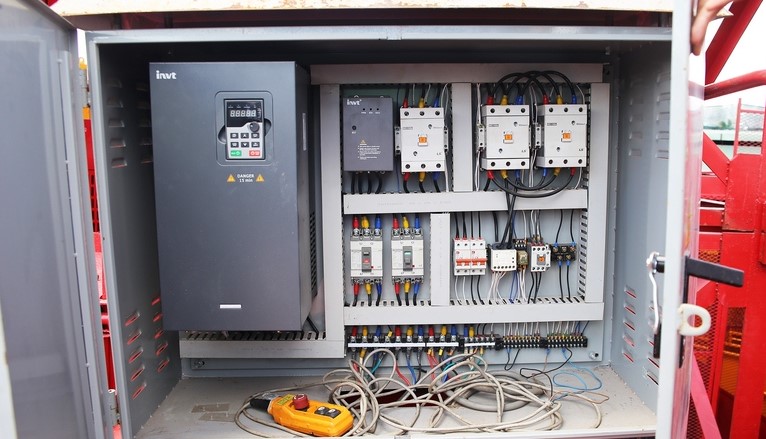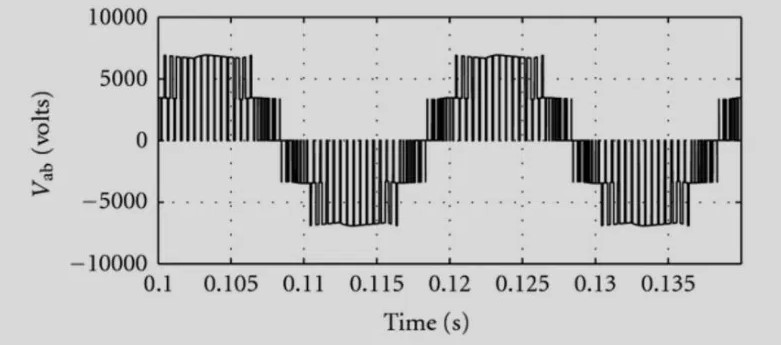There is no denying the application of inverters in the fields of industry, manufacturing, textiles, etc. Inverters are becoming more and more popular, more and more people are coming. However, now there are many people who wonder about the output voltage of the transformer. Therefore, in this article we will learn some information about the inverter.

1.Learn the structure of the inverter
First you need to learn through the structure of the inverter including 3 main block components as follows:
The block that compresses the AC voltage of the input to DC normally uses a DC compression circuit for the entire cycle using capacitor diodes and resistors.
The electrical control block will include a microprocessor board to help control the operation and set parameters and display errors of the inverter.
The output block is usually composed of 6 IGBTs, this is to hash the compressed DC pulses in the input block into a voltage form similar to that of the three-phase Sin.
2.What is the output voltage of the inverter?
Regarding the structure of the inverter, the output voltage is not a normal three-phase power, but a DC voltage that is hashed to have a function equivalent to that used for a three-phase motor.
Depending on the type of inverter, the way to control the pulse hash will be different, so there will be many different types of output.

Some problems arise from the inverter output:
The characteristic of the output is DC pulse hashing, so it will help the inverter to control the motor’s operation with the ability to save electricity in the most optimal way.
When installing an inverter for the motor, it usually saves more than 10% of the power consumption.
The output characteristic is not the usual sinusoidal AC voltage, so if you use some kind of VOM meter or cheap electronics, it is almost impossible to get the voltage of the output.
In this case, if you want to see the output voltage of the inverter, you can open the monitor parameter on the inverter or you can use some kind of specialized meter to measure accurately.
The output voltage of the inverter is only an electrical form with the same function as the sinusoid, so the inverter will only be used for three-phase motors, if used for other electrical equipment, it will cause damage. damage to that device and to the inverter.
3.Cases where the inverter cannot be used
If 60Hz electrical refrigeration equipment wants to use an inverter that converts electricity from VN 50Hz to 60Hz for use, it cannot. Because the output of the inverter is not sinusoidal, it will cause damage.
In this case, a dedicated power frequency converter is required.
If the area does not have three-phase power but wants to convert single-phase power to three-phase for use in non-motor electrical equipment, the inverter should not be used.
In this case, a single-phase to three-phase transformer must be used.

 Tiếng Việt
Tiếng Việt